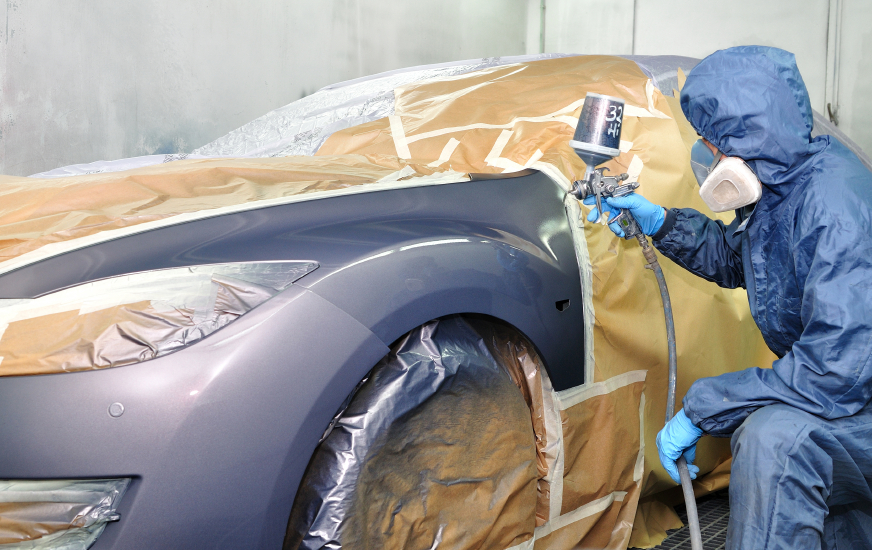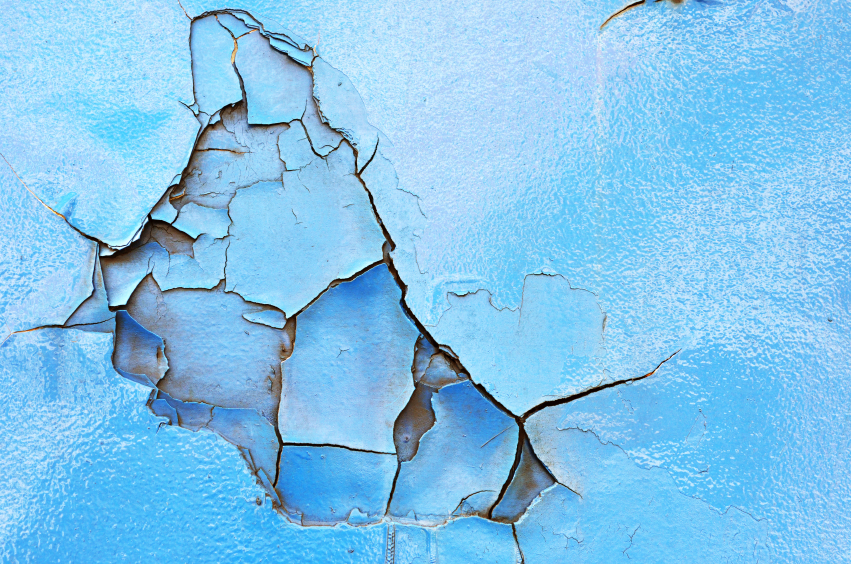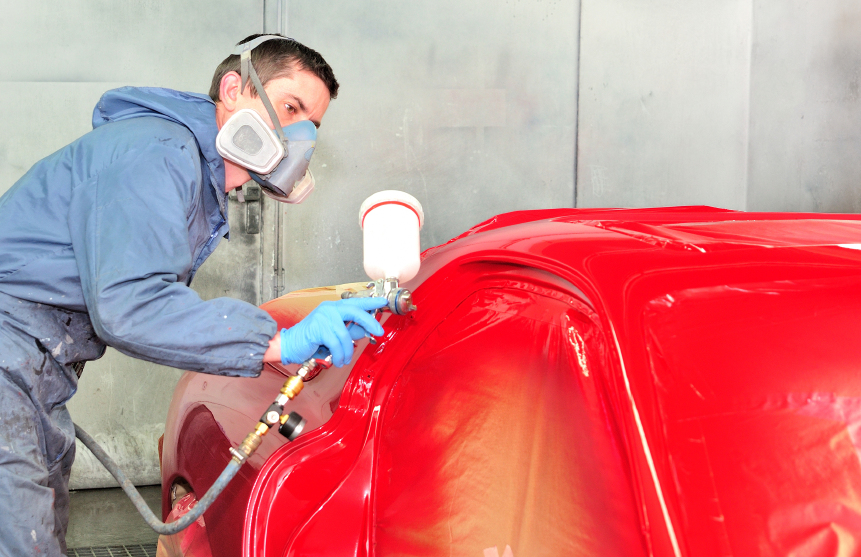
For an auto refinishing technician, there’s nothing better than seeing the look on a happy customer’s face when they see their sparkling new paint job. Striving to create the best finish possible and then seeing your hard work pay off can be a great source of pride, and is one of the most satisfying things about the job.
Unfortunately, not every paint job turns out perfectly. Sometimes, a technician will make simple mistakes that can result in serious inconsistencies in the finish, while external factors such as climate and previous damage to the paint can also lead to unexpected problems.
Luckily, the right training can help auto painting technicians properly prepare a paint job in order to avoid common issues, as well as how to fix problems when they arise.
1. Cracks Can Ruin a Good Auto Painting Job
Cracks vary in size and shape, and can appear on paint jobs for a number of reasons. Improperly preparing the substrate for the paint can lead to cracking, while choosing the wrong reducer in a top coat can also result in the undercoat lifting and making cracks appear. To fix a crack, wait for the film to be completely cured before sanding out the area and reapplying the paint.

2. A Good Auto Painter Knows How to Prevent Flaking and Peeling
Peeling and flaking is another of the most common problems in auto painting, and occurs when dried paint film stops adhering to the substrate. Again, this can be caused by improper preparation, as surface irregularities in the substrate can cause delamination if they are not removed. Fortunately, flaking paint comes off easily, allowing you to recoat the affected area.
3. Automotive Painting Pros Should Watch Out for Runs and Sags
Paint can run or sag for a number of reasons, but is often the result of improper gun technique. When applying paint, it’s important to ensure you use sufficient air pressure, and the correct fluid tip and air cap. Positioning your gun properly and ensuring your passes overlap correctly will also help prevent runs.

4. How to Avoid an ‘Orange Peel’ Finish in Auto Painting
Automotive painting professionals often use the term ‘orange peel’ to describe when dried paint takes on a rough finish. It can be caused by the improper use of reducer, as well as poor technique, but also excessive film thickness, which can make your finish uneven. An orange peel finish can be fixed by sanding out imperfections and reapplying the paint.
5. What Causes ‘Fish Eyes’ in Auto Painting?
Another problem that can seriously impact the quality of your finish is ‘fish eyes,’ which are small craters spread around the film. Fish eyes are caused by contamination from other substances such as water, oil, and wax, which can happen during the application process or be found in the substrate mix itself. Like orange peel, fish eyes can be sanded out, and you can buy a special fish eye eliminator solution to mix in with the paint to eliminate any contamination in the fresh coat.
Researching different auto body schools?
Contact ATC today to speak to one of our advisors!

